To optimize your workout and ensure your muscles are getting the attention they need, many fitness enthusiasts and trainers swear by the "push-pull" training method. This approach, which can be customized to suit any fitness level, allows for a balanced and strategic way to work out different muscle groups. Let's delve into the world of push-pull training and understand how it can revolutionize your fitness routine.
What is Push-Pull Training?
Push-pull training is a method of organizing your workout routine so that you work your "push" muscles one day and your "pull" muscles the next. This approach is built around the natural movement patterns of the body, optimizing your workouts to ensure each muscle group gets the attention it deserves.
"Push" muscles are those used when you push something away from your body. This includes your chest, shoulders, triceps, and quadriceps. Conversely, "pull" muscles are those used when you pull something toward your body, such as the back, biceps, hamstrings, and glutes.
The Benefits of Push-Pull Training
There are several benefits to the push-pull training approach. Here are a few:
Balanced Muscle Development
Push-pull training promotes balanced muscle development. By focusing on opposing muscle groups, you can prevent muscle imbalances that could lead to injuries. This is particularly important if you're lifting heavy weights, where an imbalance could increase the risk of strains and sprains.
Increased Rest and Recovery Time
Another significant advantage is that while one muscle group is working, the other is resting. This allows for increased rest time between workouts for each muscle group, promoting better recovery and growth.
Improved Training Efficiency
The push-pull method also improves training efficiency. By grouping together exercises that work the same muscles, you're able to work out more efficiently, meaning you can get more done in less time. This approach is particularly useful for those with busy schedules who want to get the most from their training sessions.
Implementing Push-Pull Training
Implementing a push-pull training routine is relatively straightforward. Your workout schedule will depend on your personal fitness goals and availability, but a common approach is to alternate between push and pull workouts throughout the week, with a rest day in between.Here are some exercises to consider:
Push Day
- Bench Press: A classic push exercise that targets the chest, but also works the shoulders and triceps.- Overhead Press: This exercise works the shoulders and also engages the triceps.
- Squats: Primarily target the quadriceps, but also engage the glutes and hamstrings.
- Tricep Dips: These focus on the triceps but also work the shoulders to a lesser degree.
Pull Day
- Deadlifts: A full-body pull exercise, but primarily target the back, glutes, and hamstrings.- Pull-ups/Chin-ups: These exercises primarily target the back and biceps.
- Rows: These can be performed with a barbell or dumbbells and primarily target the back and biceps.
- Hamstring Curls: As the name suggests, these focus on the hamstrings.
Remember, consistency and proper form are key in any training regime. Make sure to warm up before starting your workout and cool down afterward. Don't push yourself too hard initially; gradual progression is the key to sustainable gains and injury prevention.

